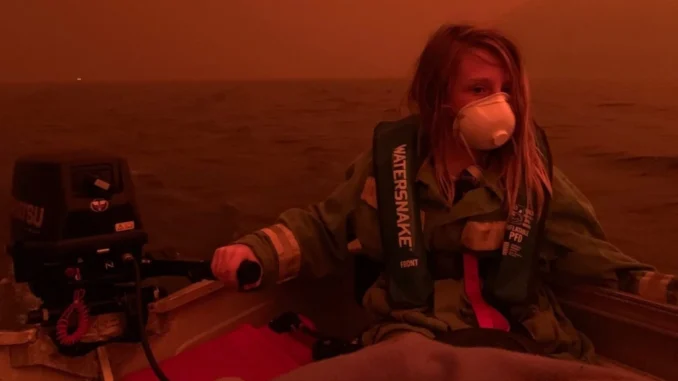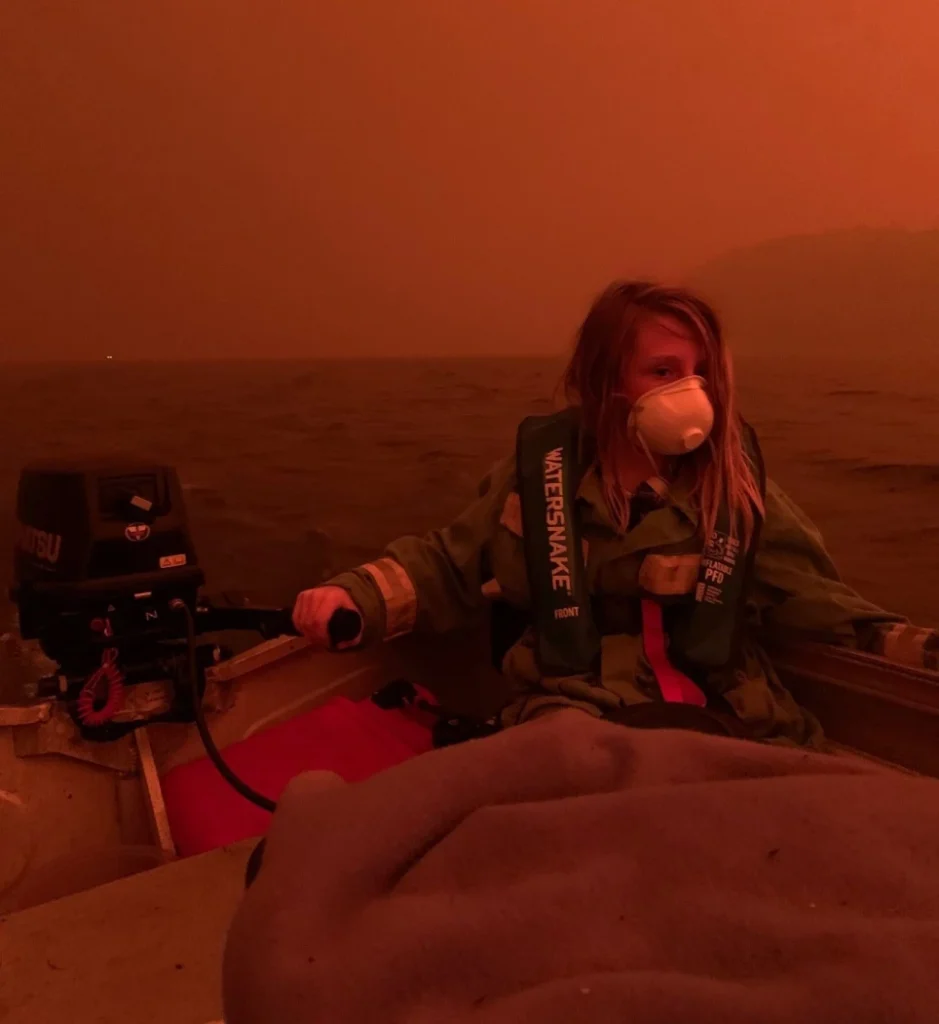
When you picture the end of the world, what do you see? Nuclear war, a hyper-transmissible virus, a massive meteor, zombies, maybe even the rapture. But the largest existential threat to humanity is a slow killer, lulling us into a sense of security until it’s far too late to save ourselves. Climate change is the apocalypse we’ve become almost friendly with.
But what is climate change? Why should we care?
It began when a group of scientists alerted the public to rising sea levels in 1988. Since then, things have gotten much, much worse.
But first, we need to dispel some myths. Climate change is real, and it is caused by human activity. Not a single scientific body on a national or international level disputes this. Consensus in recent literature of this claim is 99%. It is as objective of a fact as the existence of gravity.
There are really many issues that make up what we know as pollution and climate change. Greenhouse gasses that trap heat near the Earth’s surface, harmful chemicals and microplastics getting into air, water, and soil, over hunting/fishing and deforestation that kills off the biosphere, all are caused by humanity and all have deadly consequences.
But how bad is it really? Well, this is the point where I would not advise reading any further if you struggle with depression or suicidal thoughts.
One aspect of climate change that many fail to understand is how dangerous the global temperature changing really is. If you hear about a 1° or 2° change in the global temperature, you might imagine the difference between a 70° day and a 71° day. This is a misunderstanding. Global temperature is not equivalent to average weather temperatures.
For example, at 1.5°C degrees warming, 14% of the population will be exposed to severe heatwaves once every five years. At 2°C the number jumps to 37%.
Another factor to consider is permafrost. Permafrost is ground that consistently stays at 0°C (32°F) all year. Permafrost contains a lot of biomass stored as methane or carbon dioxide deposits, meaning that as permafrost melts due to warmer temperatures, it will release even more greenhouse gasses into the atmosphere, creating a feedback cycle that is extremely difficult to stop.
Considering how destructive temperature changes can be, the fact that the global climate has been on an extreme incline since the industrial revolution is disturbing. Most places in the world have seen a 1.8° to 3.6°F increase in average temperatures.
That being said, let’s look at some effects caused by climate change today, and how they might change in the future.
Deserts are becoming increasingly arid as biological matter decreases in drylands, a process known as desertification. Desertification is caused by climate change, over-grazing of farm animals, deforestation and industrial pollutants killing natural vegetation. It’s estimated that one billion people are under threat of further desertification.
Desertification causes massive dust storms that destroy infrastructure and cause respiratory illness. Since the industrial revolution, there has been a 25% increase in global dust emissions. Drylands supply 60% of the world’s food production, meaning that our largest food sources are in imminent ecological danger.
Climate change also increases the frequency of natural disasters, as the text below illustrates.
According to the Intergovernmental Press Conference on Climate Change (IPCC), it is virtually certain that heatwaves have become far more frequent and intense since the 1950s. Once in a decade heatwaves now occur 2.8 times more often. The exposure to extreme wet-bulb globe temperature (a temperature that includes humidity, wind-speed, and radiation) of over 30°c has tripled since 1983.
Wildfires are also projected to become more common by the IPCC. Climate change increases periods of precipitation followed by droughts in extremely warm temperatures, conditions which often cause fires. These conditions also affect not only the frequency, but severity of fires.

Hurricane, typhoon, tornado, and tsunami rates are also affected by climate change.
One of the most urgent problems is the potential melting of the Greenland ice sheet, an irreversible tipping point that would raise global sea levels by 24 feet. This would put Miami and most of the country’s coast underwater. To prevent this, in the international Paris Agreement, nations promised to keep warming under 2°c.
All in all, climate change affects every facet of our lives. The food we eat, the conditions we live in, all of it is affected by the climate, for better or for worse. As of now, we are on the brink of complete ecological collapse.
In the same Paris Agreement, the pledges made would lead to 2.7°c of warming. According to the IPCC, limiting warming to 1.5°c would require halving emissions by 2030 and achieving net-zero emissions by 2050.
Reading this, the situation feels hopeless. What you as the average individual can do doesn’t even make a dent in the mess we’ve found ourselves in. But there’s another way, solutions to all our problems hiding in plain sight.
The cause of climate change and pollution, at its core, can be attributed to one thing: growth. More factories producing more products using more energy, more people in more cars using more fuel, the endless consumption of products for the sake of consumption. Companies constantly vying for exponential growth. The problem with this cancerous mindset is that we do not live in a world with infinite power, resources, or greenhouse gas capacity.
Simply put: you cannot have infinite growth within a finite system. It is mathematically impossible. But that isn’t going to stop the people responsible. If they cared about the rest of us, we would’ve solved this in the 80s, when ExXon researchers found objective proof that human activity has harming the climate and suppressed it.
The solutions to climate change seem obvious: renewable energy sources that don’t cause a greenhouse gas buildup, switching to electronic public transportation in favor of private gas powered cars, reducing the waste we produce- but these would all radically change the status quo, and more importantly, cut into the bottom line of corporations. The government will not, under any circumstances, be able to pass these changes in time, if at all.
A radical change to the system, as is absolutely necessary in our situation, cannot exist within the confines of the system. The only real solution to climate change is to think outside the box.
